The jaguarundi is a wild cat with a small head, long body, and short fur. Although its conservation status is Least Concern, it is Near Threatened in Argentina and Threatened in Mexico.
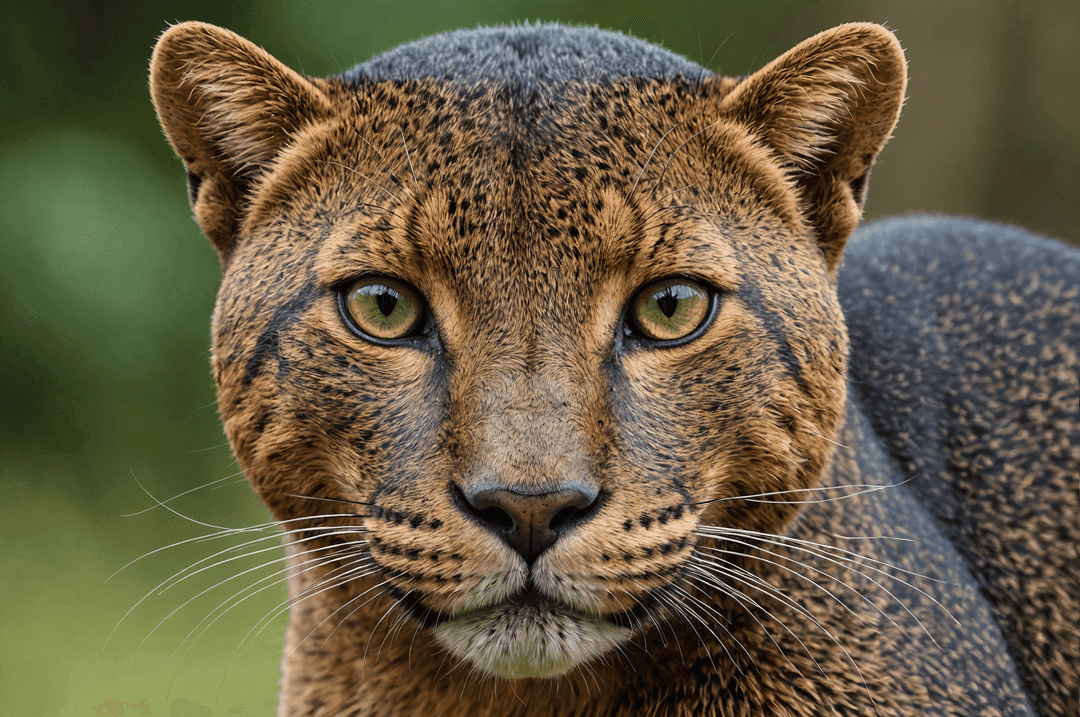

Scientific Name: Herpailurus yagouaroundi
Conservation Status: Least Concerned, but the population is decreasing.
Several subspecies of Jaguarundi existed originally. However, in 2017, a leading conservation organization considered them all members of the genus Herpailurus.
No subspecies.
Previously considered subspecies:
- P. y. melantho (Peru and Brazil)
- P. y. panamensis (Nicaragua to Ecuador)
- P. y. yagouaroundi (Guyana, Amazon Rainforest)
- P. y. ameghinoi (western Argentina, eastern Chile)
- P. y. cacomitli (southern Texas, east Mexico)
- P. y. eyra (Brazil, Paraguay and Argentina)
- P. y. fossata (south Mexico down to Honduras)
- P. y. tolteca (western Mexico)
Meaning of the name: From the Old Guarani word yaguarundi, similar to the Old Tupi word yawaum’di, meaning “dark jaguar”.
Interesting Jaguarundi Facts
- Communicates with up to 13 different sounds
- Has an elongated body, short front legs, long back legs
- Small ears, long tail
- Climbs trees
- Hunts during the daytime
- Is considered a good swimmer
More about the jaguarundi
The jaguarundi is a small wild cat in South America and southern North America. It is also called the otter cat and eyra.
Physical Appearance
The jaguarundi is related to the puma (cougar). It has short ears and legs, a long tail, and a long body. The coat is a solid color, either brown-red, brown-grey or black. The cat has very few or no markings on the face.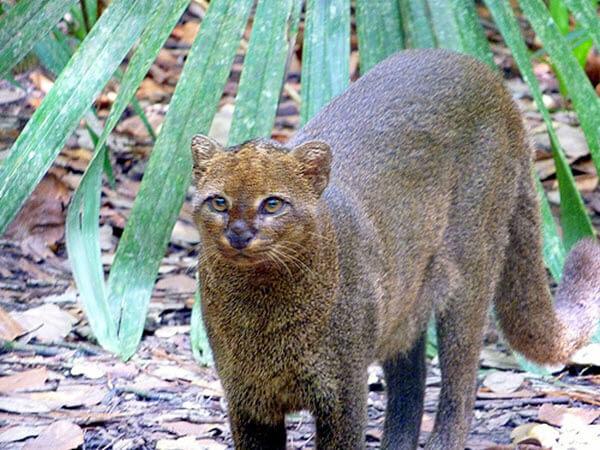
At one time, it was believed that there were different cat species due to their color variations. Eyra was the name for cats with red fur, and cats with dark fur were called Jaguarundi.
Territory & Behavior
Jaguarundis roam from the southern parts of Texas through Mexico and Central and South America. Their habitats include grasslands, brush (low bushes), savanna, and forests. They have also been seen in mountainous areas. Jaguarundi marks their territory with scratching, urine, and feces. They make many different sounds (up to 13), called vocalization, such as purring, yapping, whistling, chattering, screaming, and chirping.
Hunting & Prey
The cat mostly hunts on the ground during the day. Prey includes rodents, reptiles, birds, opossums, and rabbits. Jaguarundis also eat vegetation and insects in small amounts. They generally live alone and are usually spread out, so it’s hard to know how many exist because they are only seen occasionally.
Reproduction and Lifespan
Jaguarundis breed throughout the year. The female is pregnant for 70 to 75 days. A litter usually contains one to four kittens. Dens are typically located in dense groups of bushes. The cat matures and becomes sexually active after two years. The Jaguarundi’s lifespan is 10 to 20 years.
Conservation
The jaguarundi is not hunted for its fur or body parts. Its species status is listed as Least Concern; however, the jaguarundi is Near Threatened in some areas. The main conservation threat to the jaguarundi is habitat loss. Other conservation issues include habitat fragmentation and retaliatory killings (the jaguarundi is killed because it is preying on domestic animals).
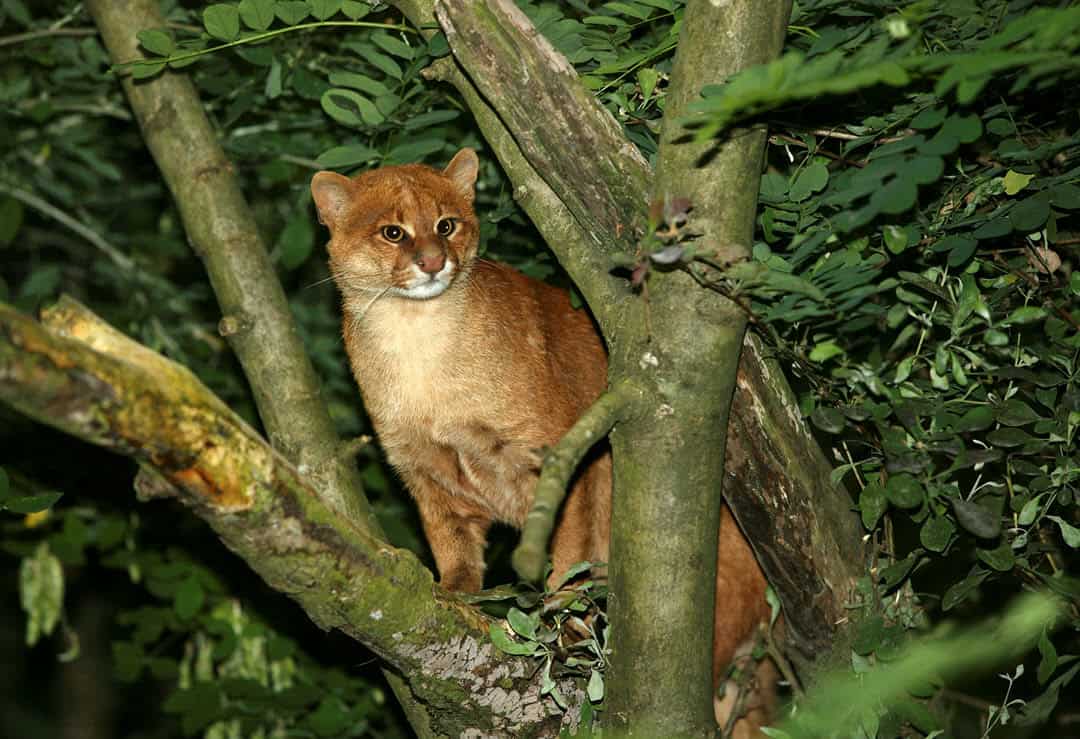

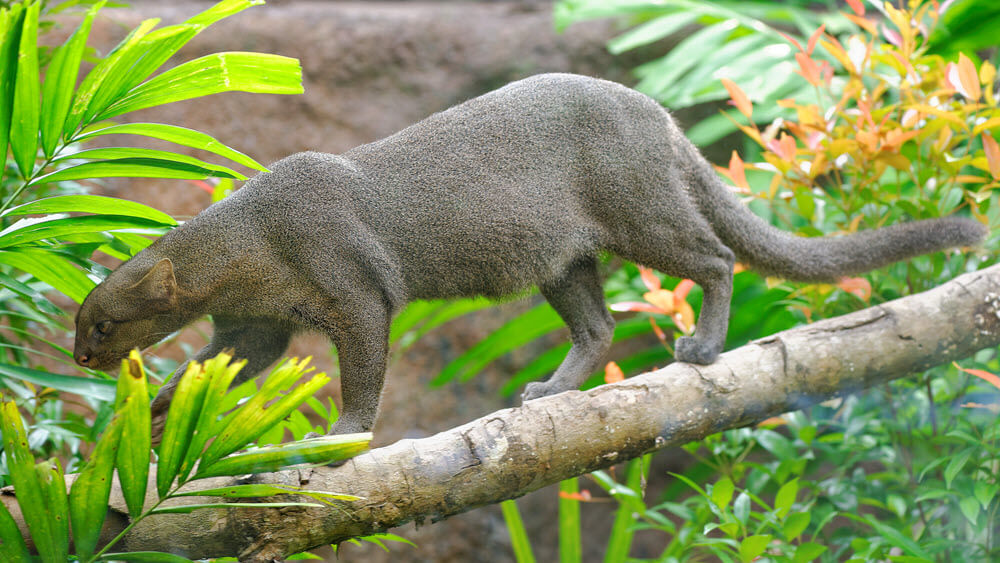

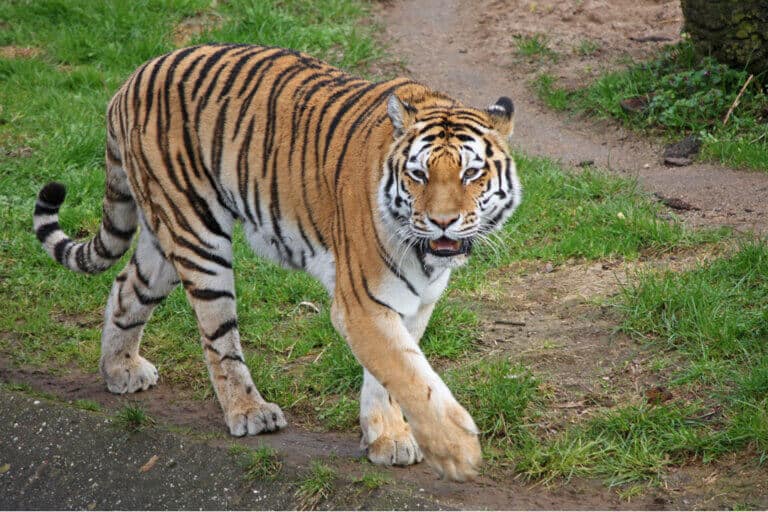
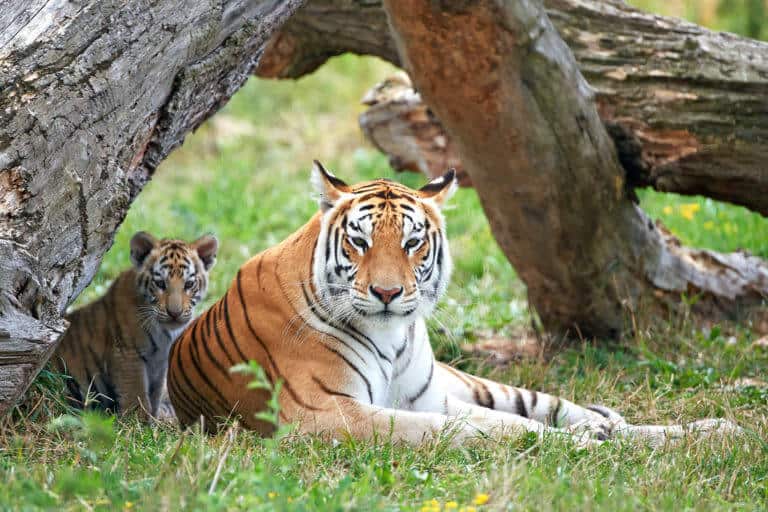



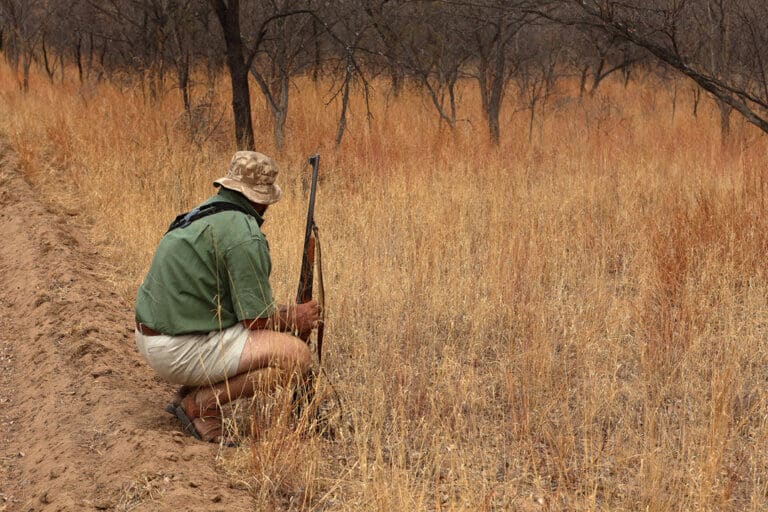
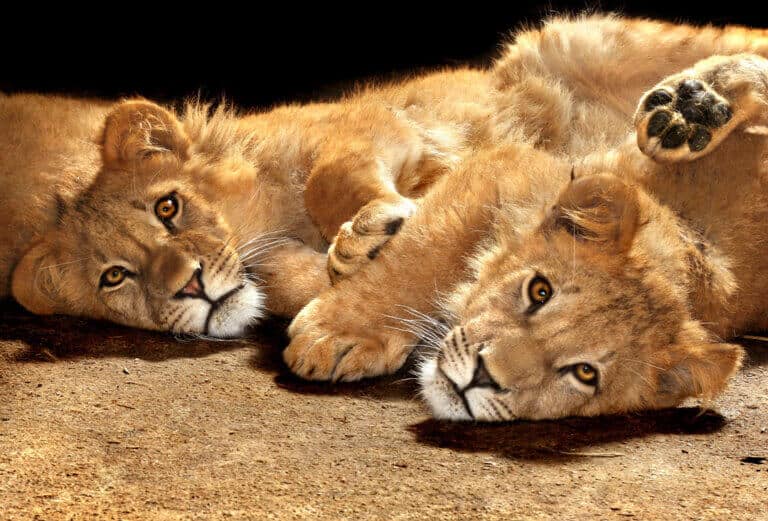

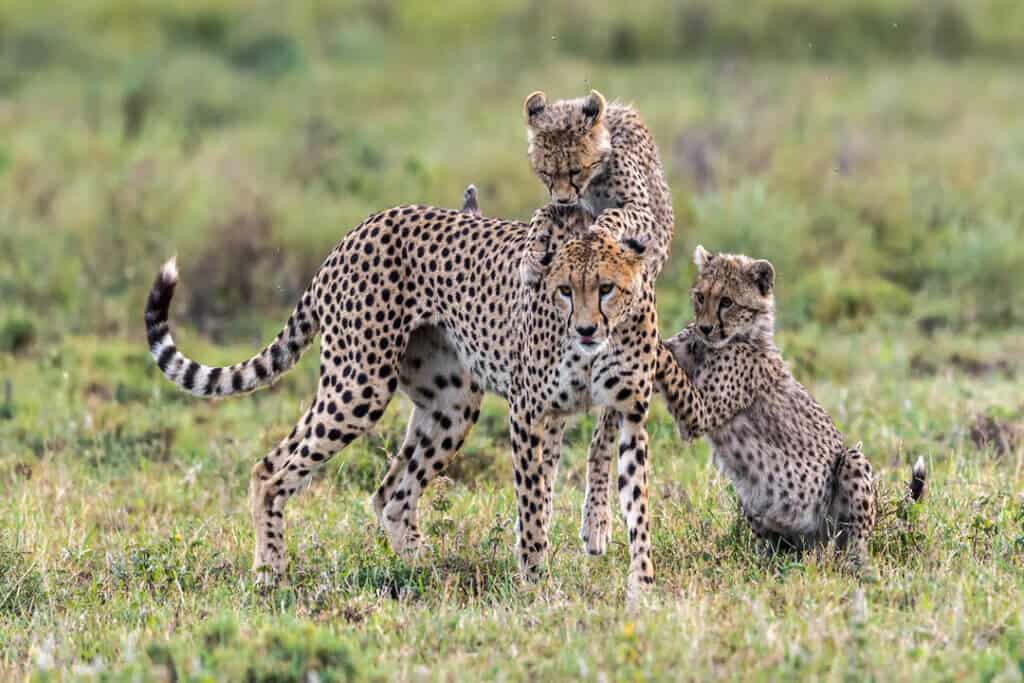


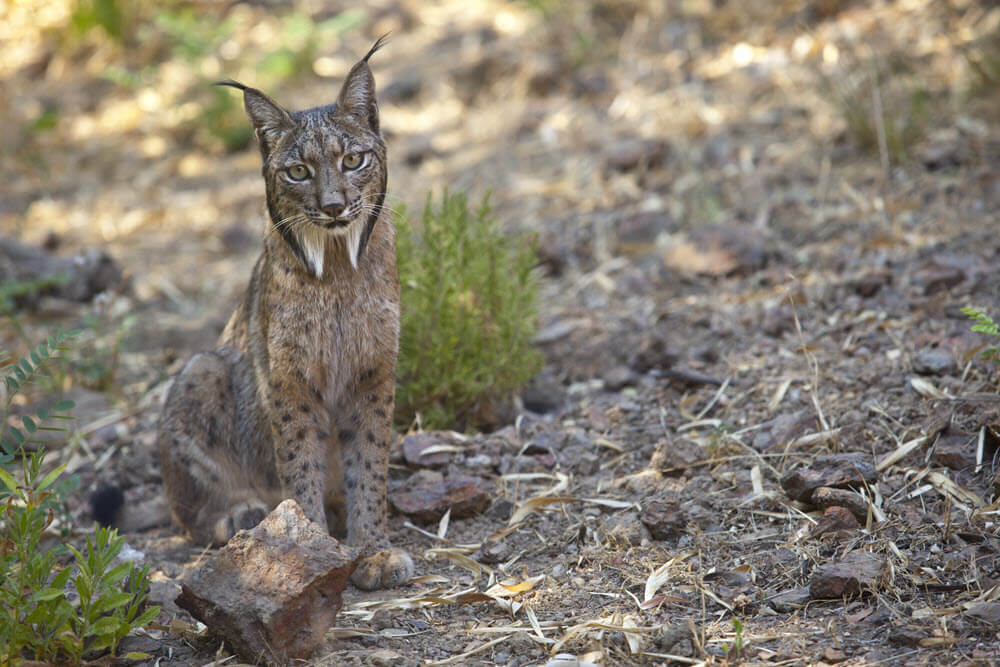

0 Comments